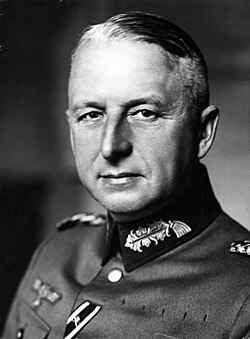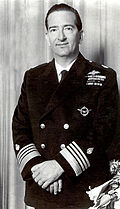Albania

- 1 September 1928 - HM King Zog (1895–1961)
This is a list of the officers who have held the army rank of field marshal or marshal. It does not include air force marshals.











The rank also exists or has existed (on paper at least) in Bangladesh, Brunei, South Korea, Nigeria, Oman, and South Vietnam, but not all of these countries have used it.